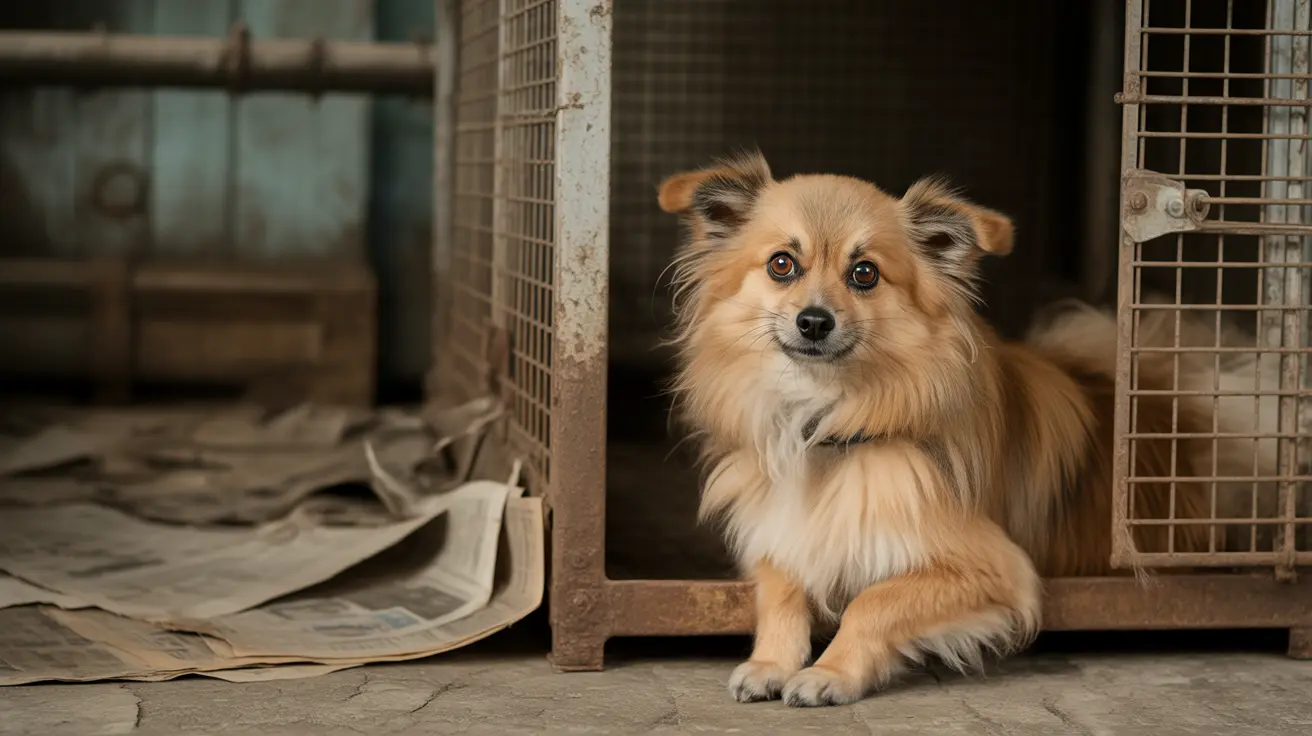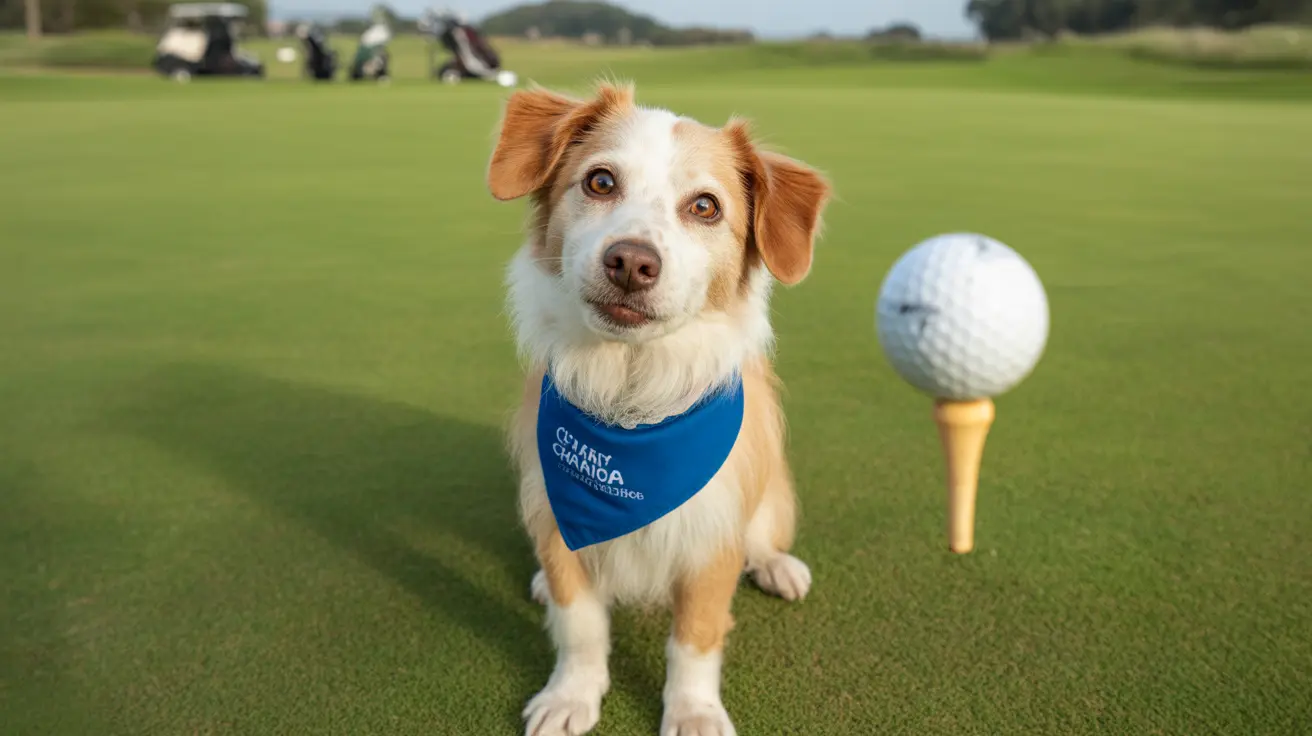Discovering the Calmest Terrier Breeds
Terriers are often described as energetic and spirited, but not all terriers are bouncing off the walls every minute. If you're searching for a terrier that offers a more relaxed temperament while still displaying the group's signature charm and intelligence, there are several breeds worth considering. Let's explore what makes some terriers calmer than others and which breeds stand out as notably even-tempered.
Understanding Terrier Temperament
The terrier group is renowned for its high energy, playfulness, and love of activity. Historically bred to hunt vermin and small animals, most terriers possess a strong prey drive and an independent streak. These traits often translate into a need for regular exercise and mental stimulation—without it, boredom can lead to unwanted behaviors like digging or excessive barking.
Despite their reputation for liveliness, some terrier breeds have developed reputations for being calmer or more adaptable to quieter lifestyles. However, it's important to remember that "calm" is relative when it comes to terriers; even the most laid-back among them will usually require more activity than many other dog breeds.
Top Calmest Terrier Breeds
- Bedlington Terrier: Known for their lamb-like appearance and slender legs, Bedlingtons are agile yet less energetic compared to many of their terrier cousins. Their speed makes them great at dog sports, but they're also content with moderate daily activity.
- Norfolk Terrier: Small and friendly, Norfolk Terriers were originally bred to hunt vermin but have adapted well as affectionate companions. They're sometimes used as therapy dogs due to their gentle nature and are regarded as among the calmest in the group.
- Norwich Terrier: Similar in size and temperament to the Norfolk (but with upright ears), Norwich Terriers have a good-natured disposition. They tend to be less intense than other terriers but may develop barking habits if not managed early on.
- Border Terrier: These sturdy little dogs are energetic yet typically less stubborn or independent than some other terrier types. They're affectionate with children and adapt well to family life without being overwhelming.
- Cairn Terrier: Originally bred in Scotland for hunting, Cairns are robust and loving. They adapt well to families with children and respond positively to early training—traits that contribute to a calmer household presence.
- Miniature Schnauzer: While not always classified alongside traditional British terriers, Miniature Schnauzers share many characteristics with them. They're adaptable, playful, and generally known for being more obedient (and thus easier-going) than many other terrier types.
- Glen of Imaal Terrier: This breed stands out as notably less excitable than most other terriers while still maintaining boldness and spirit. Their balanced temperament makes them appealing for those seeking a steadier companion.
The Relative Nature of "Calm" in Terriers
No matter which breed you choose, it's crucial to recognize that a calm terrier is still likely more active than most non-terrier breeds. Even these "calmer" types thrive on daily walks, interactive playtime, and mental challenges like puzzle toys or basic obedience training sessions.
If your lifestyle is particularly quiet or sedentary—or if you prefer a true lapdog—a different dog group may be better suited for you. But if you're drawn to the intelligence and personality of terriers while hoping for a slightly mellower companion, focusing on these breeds increases your chances of finding a good match.
Caring for Calmer Terriers
- Mental Stimulation: Even calm terriers need puzzles or games that challenge their minds.
- Exercise Needs: Daily walks or play sessions remain essential—these breeds simply tend to settle down faster afterward.
- Grooming Requirements: Many calmer terrier breeds have coats that require regular brushing or professional grooming (e.g., Bedlington's unique coat).
Boredom is rarely your friend with any member of this group; keeping your dog engaged helps prevent problematic behaviors regardless of how laid-back they seem at first glance.
Lifestyle Considerations
If you have children or other pets at home, early socialization is key—most calmer terriers adapt well when introduced properly but can be reserved or independent without positive experiences from a young age. Secure fencing is also recommended since even mellowed-out terriers may follow their instincts when something catches their eye outdoors!
A Few More Options
- Airedale Terrier: The largest of the group; considered more even-tempered by some owners but still very active overall.
- Kerry Blue Terrier: Energetic but known for versatility; may suit active families who want an affectionate yet trainable dog.
Your individual dog's temperament will always vary based on genetics, upbringing, training methods, and environment—so meet several dogs before deciding which breed best fits your household's energy level.
The Bottom Line
If you're looking for a relatively calm companion within the lively world of terriers, focus on breeds like Bedlington Terriers, Norfolk Terriers, Norwich Terriers, Border Terriers, Cairn Terriers, Miniature Schnauzers, or Glen of Imaal Terriers. With proper care—including exercise and engagement—these dogs can make wonderful additions to homes seeking both character and composure in their four-legged friends.





